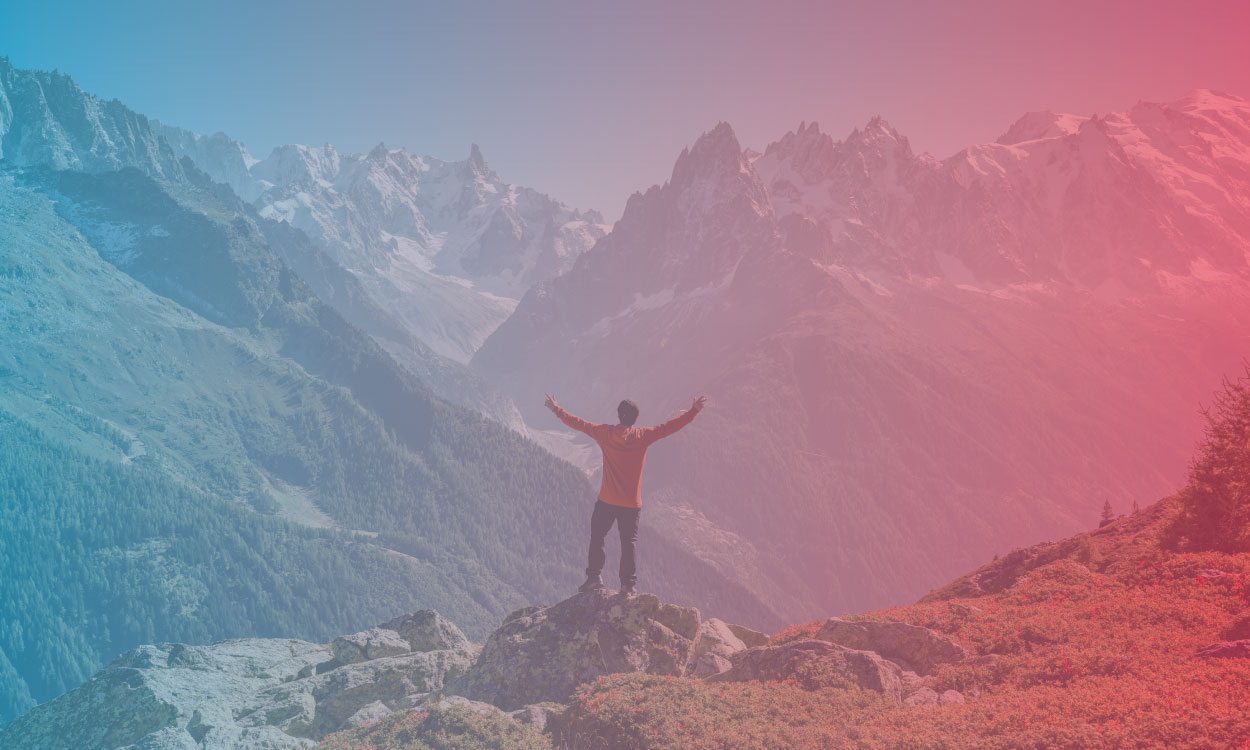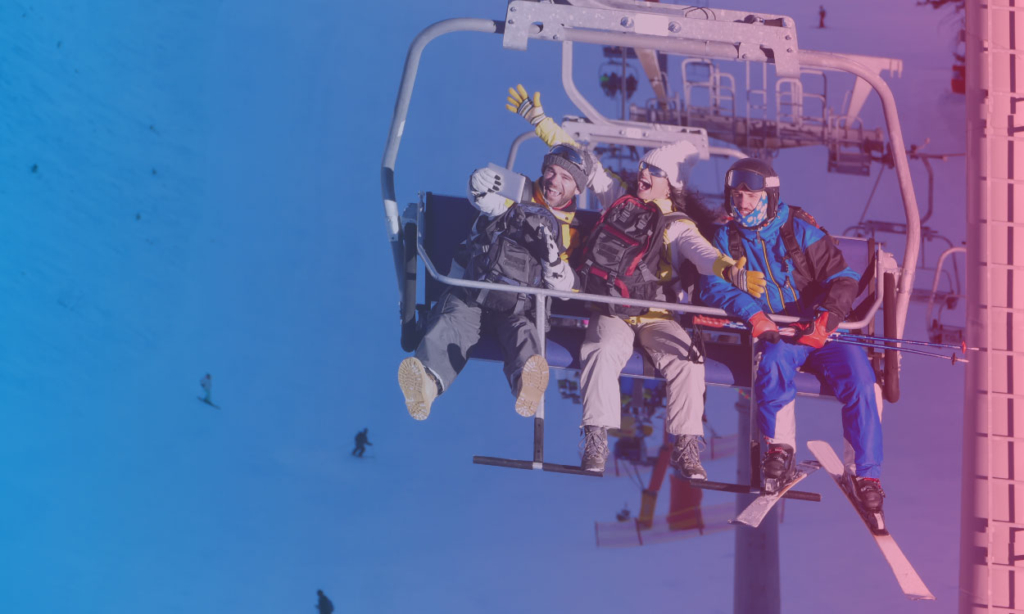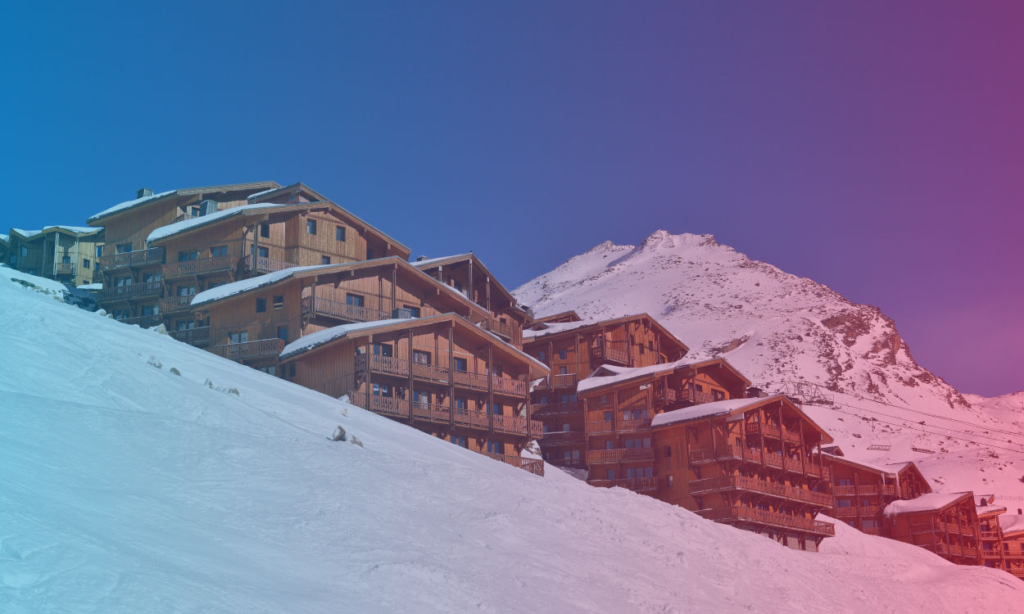A Guide to Hiking The Alps
The Alps is one of the most iconic mountain ranges in the world, stretching across eight European countries and providing visitors with some of the most spectacular sights on the planet.
While it is renowned for its skiing, with the resorts of France, Switzerland and Italy being the most popular destinations, it also offers diverse hiking experiences. From picturesque valleys dotted with charming villages to rugged mountain peaks capped with snow, the scenery is nothing short of awe-inspiring.
At Alpine Fleet, no matter what type of activities you want to enjoy in the Alps, we have years of experience transporting people to their chosen destination with our leading private and shared transfers, making the experience as seamless as possible.
In this guide, we’ll provide you with everything you need to know about hiking in the Alps.

Why to hike the Alps
Alps hiking gives you the chance to immerse yourself in nature, experience vibrant local cultures and challenge yourself with various trails ranging from gentle meadows to high-altitude treks.
There are so many reasons why hiking in the Alps is a great activity, including:
- There’s something for everyone: From walking in charming forests to trekking into new countries, there is a trail to suit everyone’s preferences and abilities.
- The views are spectacular: The Alps is one of the most beautiful natural sights in the entire world and every hike will provide you of magnificent views of its mountains and valleys.
- Diverse cultures: Each village or town you hike through offers something unique, from Swiss chocolate and Italian pasta to French wine.
- No permits needed: Once you’ve entered the European Union, there are typically no border checkpoints due to the Schengen arrangement. This means you can stroll across different countries with ease.
When to go hiking in the Alps
The best time to go hiking in the Alps generally falls between late June and September. During this period, the weather is fairly stable, trails are clear of snow and accommodations are available along popular routes.
July and August are the warmest months of the year but also the most crowded in the region. Weather conditions can also vary slightly depending on the specific altitude and location of your trail, so make sure you prepare for varying conditions. Both hot sunny days and chilly mountain winds are possible to experience on the same hike!
Mont Blanc Alps hiking
There are so many different Hikes in the Alps it would be impossible to detail all of the options in one guide. However, most people, unsurprisingly, want to incorporate the famous Mont Blanc into their trip.
The biggest mountain in western Europe, Mont Blanc, is the jewel in the Alps’ crown, and there are various hikes that provide you with stunning views of this natural wonder.
The Tour du Mont Blanc is a hike that takes several days but provides you with a comprehensive view of the spectacle. It’s this trail we are going to focus on in the section below.
Tour du Mont Blanc
One of the most iconic long-distance hikes in the Alps, the Tour du Mont Blanc is a 170km (105 miles) loop that traverses France, Italy and Switzerland. It circles the Mont Blanc massif and typically takes between 10 to 12 days to complete, depending on your pace. This trek offers breathtaking views, charming alpine villages and a variety of terrains that are both challenging and enjoyable.
Along the way, you will encounter diverse landscapes, unique cultural elements and warm hospitality from locals in each region.
We’ve broken down the route into eleven stages:
Les Houches to Les Contamines (16km)
The Tour du Mont Blanc hike begins with a gradual climb from Les Houches, providing beautiful views of the Chamonix Valley, before descending into the charming village of Les Contamines. The starting point also has a cable car that offers stunning panoramic views of the region, including Mont Blanc.
Les Contamines to Les Chapieux (20km)
This stage includes the mountain pass, the Col du Bonhomme. A long and steady ascent will follow that rewards hikers with incredible vistas and views of Vanoise National Park before reaching the rural hamlet of Les Chapieux.
Les Chapieux to Courmayeur (21km)
Next, you’ll cross into Italy via the Col de la Seigne trail. This segment offers mesmerising views of Mont Blanc’s south face before a steep descent into Courmayeur.
Courmayeur to Refugio Walter Bonatti (13km)
A shorter day now, which includes undulating trails with impressive views of Mont Blanc before you reach the welcoming Refugio Walter Bonatti – a guesthouse and your accommodation for the night. Make sure to check availability and book ahead of time as it’s the only place to stay in the area.
Refugio Walter Bonatti to La Fouly (21km)
Now, you’ll cross the Grand Col Ferret into Switzerland. This stretch of the trail showcases lush green pastures as you head to the quaint Swiss village of La Fouly.
La Fouly to Champex (17km)
This is one of the easiest stages of the trail, taking you across gentle pastoral landscapes and meadows before reaching Champex. The village’s lake is also pleasant for swimming if you still have the energy!
Champex to Trient (18km)
There are two options at this stage: ascend up to the highest point of Fenetre-Arpette (the hardest but most spectacular option) or take the gentler alternative of the Bovine Route.
Trient to Tre-Le-Champ (15km)
This stage crosses the Col-de-Balme, where hikers return to France and are greeted with sweeping views of the Chamonix valley.
Tre-Le-Champ to La Flegere (17km)
The end is in sight as you push past La Blanc and over the Grand Balcon Sud. You’ll be welcomed with more impressive views of the mountain range here.
La Flegere to Les Houches (17km)
The final leg completes the loop, descends into Chamonix and provides breathtaking views of Mont Blanc and all the surrounding peaks.
Though the Tour du Mont Blanc is the most famous, other notable hikes in the Alps include:
- The Haute route from Chamonix to Zermatt
- The Dolomites Alta Via 1 and 2
- Lac Blanc hike
- Grand Balcon Nord
- Grand Balcon Sud
Hiking in the Alps is a true bucket list experience, and Chamonix offers some of the best trails in the region. If you are planning a trip to Chamonix or any other resort in the Alps, Alpine Fleet is here to help. Our private and shared transfers make every trip as easy as possible, so contact our team today to learn more.


